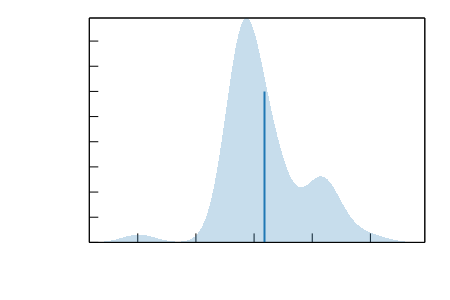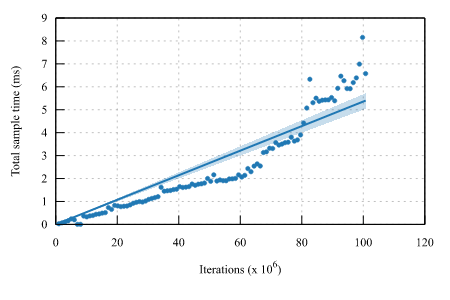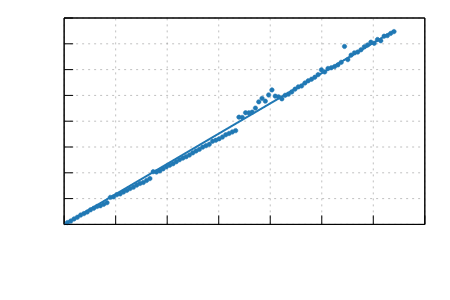8 releases
| 0.2.2 | Apr 7, 2025 |
|---|---|
| 0.2.1 | Apr 6, 2025 |
| 0.1.4 | Apr 5, 2025 |
#309 in Data structures
806 downloads per month
160KB
467 lines
overlay-map
overlay-map is a two-layered map data structure for Rust that tracks current and previous values for each key — with zero-clone, in-place state transitions.
It provides OverlayMap<K, V>, a map where each value is an Overlay<V>: a compact two-slot container that allows pushing, swapping, and pulling values without cloning or heap allocation.
📦 Features
- ✅ In-place, zero-cost value updates
- ✅ Foreground and background storage per key
- ✅ On
push, the current foreground is moved to background - ✅ No heap allocation or cloning for updates
- ✅ Conditional updates (
push_if) - ✅ Automatic removal when entries become empty
- ✅
Overlay<T>usable independently from the map
🧠 Core types
OverlayMap<K, V>
A map-like wrapper for managing per-key two-layered state.
Overlay<T>
A standalone container that tracks two versions of a value:
fg→ the current valuebg→ the previous value (optional)
Uses zero-copy, branchless slot flipping via raw memory and bitflags.
🚀 Example: Revolving Door of Values
use overlay_map::Overlay;
fn main() {
let mut door = Overlay::new_fg("Alice");
println!("Present: {:?}, {:?}", door.fg(), door.bg());
for name in ["Bob", "Carol", "Dave", "Eve"] {
if let Some(evicted) = door.swap(name) {
println!("{evicted} left");
}
println!("Present: {:?}, {:?}", door.bg(), door.fg());
}
while let Some(pulled) = door.pull() {
println!("{pulled} left");
}
println!("Present: {:?}, {:?}", door.bg(), door.fg());
}
🔬 Internal Design
Overlay<T>uses[MaybeUninit<T>; 2]with a compact bitflag for presence and slot state.- No heap allocation, no
Option<T>, no clone required. - Operations like
push,pull,swapare in-place and branch-minimal. - Designed for high-throughput, zero-cost data flow and state management.
🧠 Why use this?
overlay-map is ideal for:
- Managing current vs previous state without full history
- Speculative updates, rollback systems, or caching layers
- Config overlays, merging, and snapshotting
- Avoiding unnecessary cloning, allocation, and indirection in hot code paths
🧪 Performance: Overlay<T> vs Option<(T, Option<T>)>
These benchmarks measure the performance of the push operation in both the
Overlay<T> and a conventional tuple-based implementation. Recorded on a
MacBook Air M4.
📊 Overlay Implementation

📊 Tuple Implementation

📊 Interpretation
- Overlay:
- Operates near L1 cache speeds (sub-100ps per op).
- Compact, branchless bitfield logic leads to extremely low overhead.
- Tuple:
- Slower and more predictable due to enum tagging and control-flow overhead.
- Useful baseline, but significantly outperformed by
Overlay.
These graphs were generated using Criterion.rs and represent measured runtime distribution and scaling with iteration count.
📚 Documentation
🔒 License
MIT
✨ Contributing
Contributions, bug reports, and feature ideas welcome.
Dependencies
~1MB
~11K SLoC

